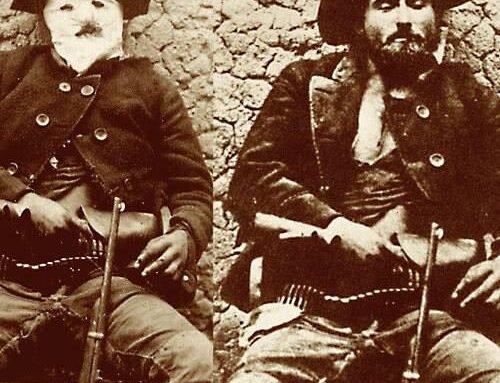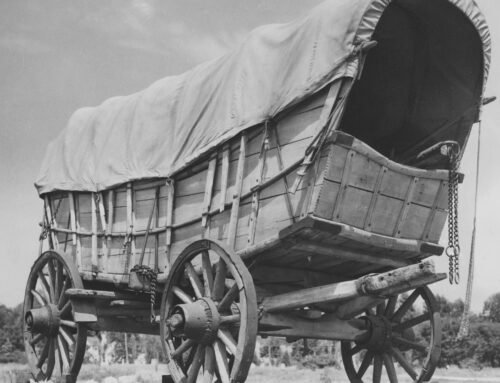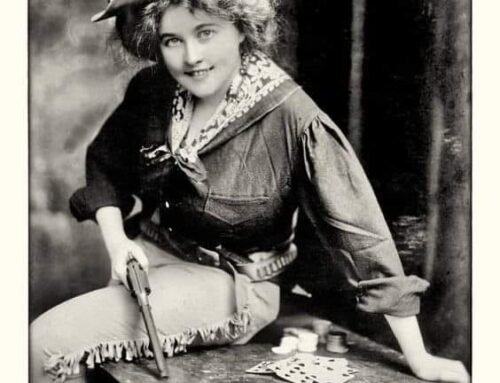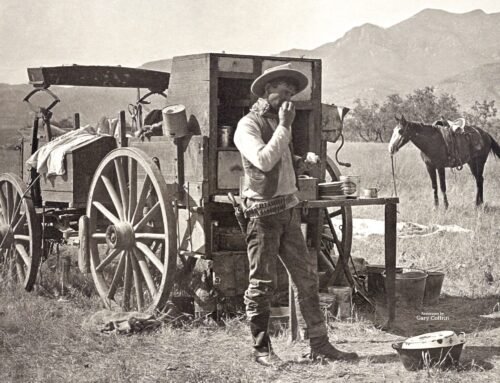Wild West stagecoaches
By western author Nick Brumby
 “Leroy, I swear if you don’t move them stinkin’ feet outta my face I’m gonna kick ya off this here stagecoach.”
“Leroy, I swear if you don’t move them stinkin’ feet outta my face I’m gonna kick ya off this here stagecoach.”
Often braving terrible weather, pitted roads, treacherous terrain, and attacks from bandits and Native American warbands, stagecoaches were an integral part of the westward expansion of the rapidly growing United States of America.
Stagecoaches were built for utility and endurance. They had to carry passengers, mail, gold, silver, baggage, and arms, often all at the same time. The companies that built them made them high enough to ford rivers, tough enough to traverse rocky terrain, climb narrow mountainous roads, and to withstand the blistering heat of summer and the freezing cold of winter.
 Though there were many types of stagecoaches used for various purposes, the most commonly-used for passenger service was the Concord Stagecoach, which was first built in 1827.
Though there were many types of stagecoaches used for various purposes, the most commonly-used for passenger service was the Concord Stagecoach, which was first built in 1827.
Over the years, the New Hampshire-based company manufactured over forty different types of carriages and wagons, earning a reputation that their coaches rarely broke down; rather they just “wore out.” The coaches weighed more than a ton and cost between $1500 and $1800 at the time. Mark Twain described the Concord stage’s ride as like “a cradle on wheels”.
Though stagecoach travel for passengers was uncomfortable, it was often the only means of travel and was certainly safer than traveling alone. Passengers were often packed together in ways that made good friends of total strangers, whether they wanted to be or not. A simple stage supposedly held up to nine adult passengers inside the cabin, but that was if everyone’s legs and knees were intertwined. You took your chances if you chose to ride on the roof.
 If passengers wanted to sleep, they were required to do so sitting up, and it was considered bad etiquette to rest one’s head on another passenger. There were also numerous other rules required of passengers, including abstaining from liquor, and not cursing or smoking if ladies were present.
If passengers wanted to sleep, they were required to do so sitting up, and it was considered bad etiquette to rest one’s head on another passenger. There were also numerous other rules required of passengers, including abstaining from liquor, and not cursing or smoking if ladies were present.
Although the Pony Express is often credited with being the first fast mail service from the Missouri River to the Pacific Coast, the Overland Mail Company actually began a twice-weekly stagecoach mail service in September 1858. Each service crossed more than 2,800 miles from San Francisco, California, to Missouri and was required to be completed in 25 days or less.
A stage moved at a fair speed, depending on the terrain, of course — we’re talking dirt paths, and an unpaved road, at best. Some stages covered over 100 miles in a day. For a particularly grueling uphill grade, the horses were at a slow walk and passengers had to get out and walk themselves, to lessen the load. Those were the times when the stage was most vulnerable to robbery. Unlike the movies, nobody wanted to chase a stagecoach on a horse at a dead run when you could calmly step in front of it while it was inching along.
Along the many stage routes, stations were established about every 12 miles that included two types of stations — “swing” and “home.” As the stage driver neared the station, he or she would blow a small brass bugle or trumpet to alert the station staff of the impending arrival.
The larger stations, called “Home Stations,” generally ran by a couple or family, were usually situated about 50 miles apart and provided meager meals and overnight lodging to passengers. Often, however, “lodging” was no more than a dirt floor.
The more numerous “swing” stations were smaller and usually consisted of little more than a small cabin and a barn or corral. Here, the coach would stop only about ten minutes to change the team and allow passengers to stretch before the coach was on its way again.
With the completion of the transcontinental railroad in 1869, transcontinental stage-coaching came to an end. However, this was not the end of the stagecoach, as it continued to be utilized in areas without railroad service for several more decades.
In the end, it was actually the introduction of the automobile that led to the end of the stagecoach in the early 1900s.

About Nick Brumby
I like a good story. And of all stories, I love westerns the most.
As a kid, I spent far too many afternoons re-watching Clint Eastwood spaghetti westerns, picking up ‘Shane’ for just one more read, or saddling up beside Ben Cartwright when ‘Bonanza’ was on TV each afternoon.
I’m a former journalist and I love horses, dogs, and the occasional bourbon whiskey. I live with my wife, daughter and our ever-slumbering hound in a 1800’s-era gold mining town – our house is right on top of the last working gold mine in the area. There may not be much gold left, but there’s history wherever you look.
I hope you enjoy my westerns as much as I enjoyed writing them!
Happy trails,
Nick

























